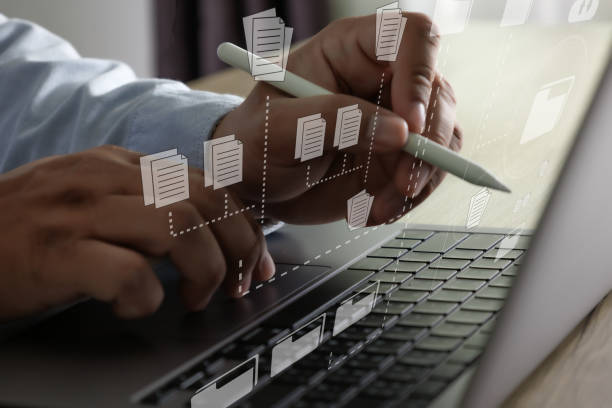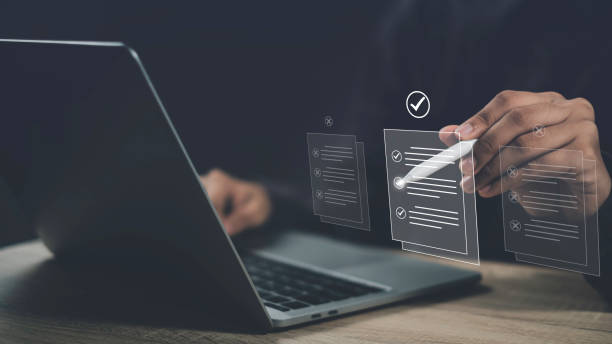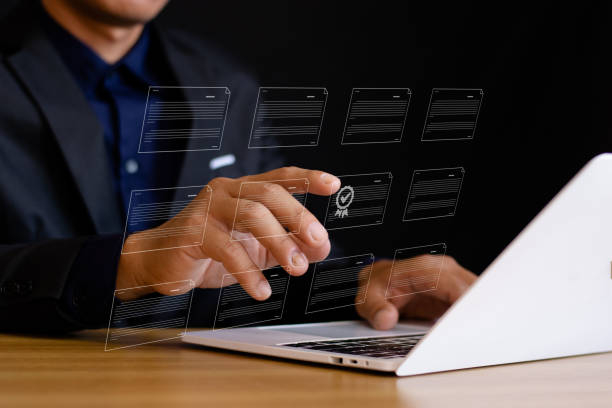What is On-Page SEO and Why is it Important?
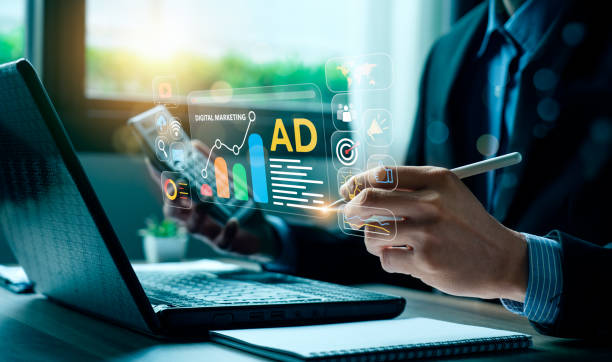
On-Page SEO (#OnPageSEO) refers to a set of actions performed within a website and on its pages to improve the site’s ranking in Google and other search engine results.
These actions include optimizing content, site structure, title tags, meta descriptions, URLs, and more.
The importance of On-Page SEO stems from the fact that search engines use these factors to better understand the content of web pages and their relevance to keywords.
Without strong On-Page SEO, even with excellent content, your site might not be visible in search results.
On-Page SEO is the foundation for your website’s visibility on Google.
This involves optimizing various site elements, including content, code, and site structure.
By properly implementing On-Page SEO, you help search engines better understand your site, which in turn increases your site’s ranking in search results.
Optimizing On-Page SEO helps you to:
- Improve your site’s ranking in search results.
- Attract more organic traffic to your site.
- Provide a better user experience for visitors.
- Increase conversion rates.
A strong On-Page SEO strategy can significantly help increase online visibility and attract potential customers.
In fact, without attention to On-Page SEO, your efforts for Off-Page SEO and content marketing will not be effective enough.
Read more.
Did you know that 94% of a company’s first impression is related to its website design?
Rasawab helps you create the best first impression by offering professional corporate website design services.
✅ Create a professional and trustworthy image for your brand
✅ Easier attraction of potential customers and improved online standing
⚡ Get free consultation for corporate website design
Keyword Research: The First Step in On-Page SEO
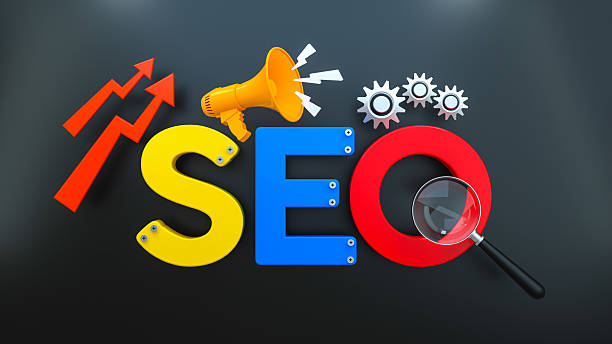
Keyword research is the cornerstone of any successful On-Page SEO strategy.
By identifying the words and phrases users type into search engines, you can optimize your content around these keywords.
Various tools are available for keyword research, including Google Keyword Planner, Ahrefs, and SEMrush.
When choosing keywords, pay attention to the following:
- Search Volume: The number of times a keyword is searched per month.
- Competition: The level of competition for a keyword.
- Relevance: The degree of relevance of the keyword to your site’s content.
- User Intent: The user’s purpose for searching a keyword (informational, transactional, navigational).
After identifying suitable keywords, you should use them naturally in your content, title tags, meta descriptions, and URLs.
Avoid excessive use of keywords (keyword stuffing), as this can lead to your site being penalized by Google.
Click for more information.
Optimizing Page Title and Meta Descriptions

The title tag and meta description are two important elements in On-Page SEO that are displayed in search results.
The title tag shows your page’s title and should be short, attractive, and contain the main keyword.
The meta description provides a summary of your page’s content and should entice users to click on your link.
Important tips for optimizing title tags:
- Its length should be less than 60 characters.
- Place the main keyword at the beginning of the title.
- The title should be engaging and relevant to the page’s content.
Important tips for optimizing meta descriptions:
- Its length should be between 150 to 160 characters.
- Should include the main keyword and related keywords.
- Should have a clear Call To Action (CTA).
- Should be unique and enticing.
By optimizing these two elements, you can increase your click-through rate (CTR) in search results and attract more traffic to your site.
| Element | Description | Important Notes |
|---|---|---|
| Title Tag | Page title in search results | Short, engaging, includes keyword |
| Meta Description | Summary of page content in search results | Summary, enticing, includes keyword, CTA |
See here for more information.
Website Content Optimization

Content is king! Creating high-quality, relevant, and engaging content is one of the most important factors in On-Page SEO.
Your content should be written for your target audience and address their questions and needs.
Ensure that your content is:
- Unique and original.
- Well-written and grammatically correct.
- Easy to read and understand.
- Includes relevant keywords.
- Creates added value for users.
- Regularly updated.
Furthermore, use high-quality images and videos to enrich your content.
Images and videos should be optimized (low file size and appropriate Alt tags) so they do not slow down your page loading speed.
Also, using appropriate internal and external links helps your site’s SEO.
On-Page SEO helps you achieve a better ranking in search engines.
By following the above tips and providing valuable content, you can attract more traffic to your site and keep your audience satisfied.
Is your e-commerce site ready to attract maximum customers and increase sales? Rasawab transforms your online business with modern and efficient e-commerce website designs.
✅ Increased speed and improved SEO
✅ Excellent user experience on mobile and desktop⚡ Get free consultation for e-commerce website design from Rasawab!
Optimizing URLs for On-Page SEO

URLs play an important role in On-Page SEO.
Optimized URLs help search engines better understand your page’s content and show users where they are on the site.
Important tips for optimizing URLs:
- Be short and descriptive: URLs should be as short and descriptive as possible, briefly conveying the page’s content.
- Include keywords: Use relevant keywords in URLs.
- Use hyphens (-) instead of underscores (_): Search engines consider hyphens as word separators.
- Use lowercase letters: Using uppercase letters in URLs can cause problems.
- Avoid unnecessary numbers and symbols: Avoid using unnecessary numbers and symbols in URLs as much as possible.
For example, instead of using the URL `example.com/page123`, use the URL `example.com/on-page-seo`.More content.
Optimizing Images and Videos

Images and videos can play an important role in improving user experience and increasing your site’s traffic.
However, for images and videos to help your site’s SEO, they must be properly optimized.
Important tips for optimizing images:
- Choose the right format: Use appropriate formats for images (JPEG for photos and PNG for graphic images).
- Compress images: Reduce the size of images without compromising their quality.
- Use Alt tags: Create a descriptive Alt tag for each image that is relevant to the image’s content.
- Appropriate file names: Use appropriate file names containing relevant keywords for images.
Important tips for optimizing videos:
- Use appropriate video platforms: Upload your videos to popular video platforms like YouTube and Vimeo.
- Optimize video titles and descriptions: Optimize the titles and descriptions of your videos with relevant keywords.
- Create subtitles: Create subtitles for your videos to increase their accessibility.
- Use appropriate tags: Use appropriate and relevant tags for your videos.
Optimizing images and videos not only helps improve your site’s On-Page SEO but also enhances user experience and increases conversion rates.Learn more.
Internal Linking: A Way to Improve On-Page SEO
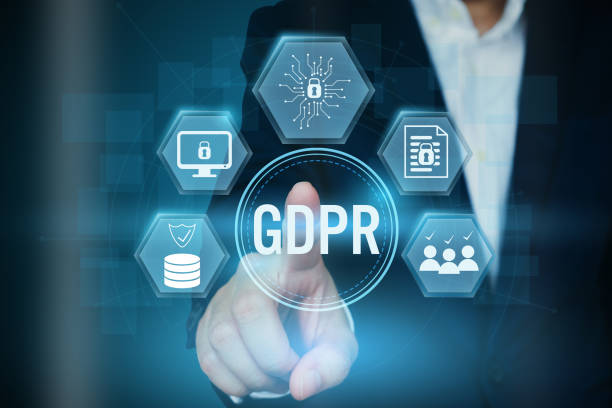
Internal linking is the process of creating links between different pages of a website.
This helps search engines better understand your site’s structure and helps users navigate your site easily.
Internal linking is one of the most important factors in On-Page SEO.
Benefits of internal linking
- Improved site ranking in search engines
- Increased site traffic
- Improved user experience
- Easier discovery of site pages by search bots
When internal linking, pay attention to the following:
- Choose appropriate anchor text: Use descriptive anchor text that is relevant to the destination page.
- Link to relevant pages: Only link to pages that are relevant to the content of the source page.
- Avoid excessive linking: Avoid excessive linking on a single page.
- Use follow links: Use follow links to transfer authority between your pages.
| Advantages | Description |
|---|---|
| Improved Ranking | Improved site ranking in search engines |
| Increased Traffic | Increased site traffic with the help of internal links |
| Better User Experience | Improved site user experience with the help of internal links |
By using proper internal linking, you can optimize your site’s structure and help search engines better understand your content.Learn more.
Page Loading Speed: A Crucial Factor in On-Page SEO
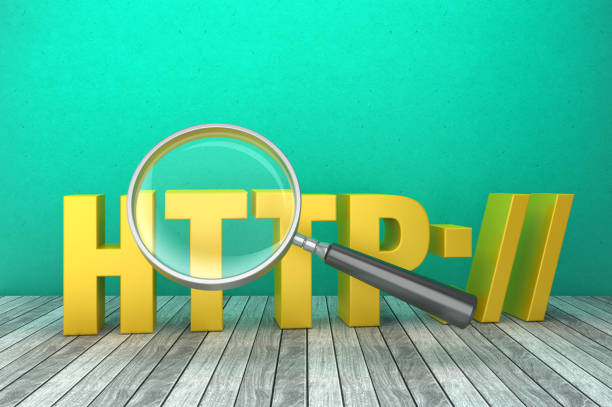
Page loading speed is one of the most important factors in On-Page SEO and user experience.
Users who encounter a slow page are likely to leave your site and go to a competitor’s site.
Google also considers page loading speed as a ranking factor.
To improve page loading speed, you can take the following actions:
- Optimize images: Reduce image sizes and use appropriate formats.
- Use a CDN: Use a Content Delivery Network (CDN) to distribute your site’s content globally.
- Enable caching: Use caching to store static versions of your pages.
- Minify HTML, CSS, and JavaScript: Compress your HTML, CSS, and JavaScript codes.
- Use quality hosting: Use high-quality and fast hosting.
By improving page loading speed, you can enhance user experience, increase conversion rates, and boost your site’s ranking in search results.Link to more information.
Are you frustrated with your online store’s low conversion rate?
Rasawab is your definitive solution with professional e-commerce website design!
✅ Increase your sales and revenue
✅ Unparalleled user experience for your customers
⚡ Get a free consultation now!
Responsive Design and Mobile Compatibility
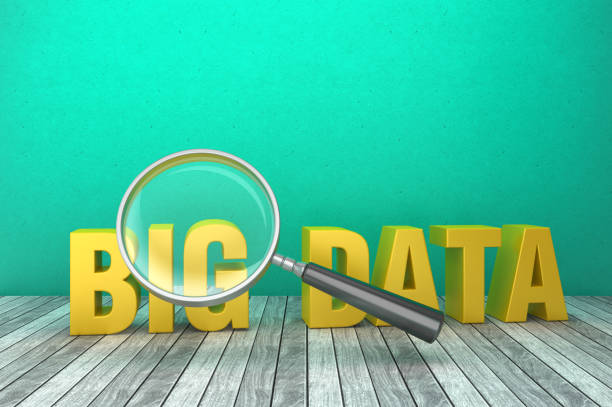
Given the ever-increasing use of mobile devices, responsive design and mobile compatibility are a necessity for On-Page SEO.
Responsive design means that your website automatically adapts to the screen size of various devices (mobile, tablet, laptop, desktop).
Google prioritizes mobile-optimized websites in search results.
To ensure your site’s mobile compatibility, you can use Google’s Mobile-Friendly Test tool.
Important tips for responsive design
- Use a responsive template
- Optimize images for mobile
- Use readable fonts on mobile
- Use large buttons and links for ease of touch
With responsive and mobile-compatible design, you can improve user experience and boost your site’s ranking in mobile search results.Read more.
Continuous Review and Improvement of On-Page SEO
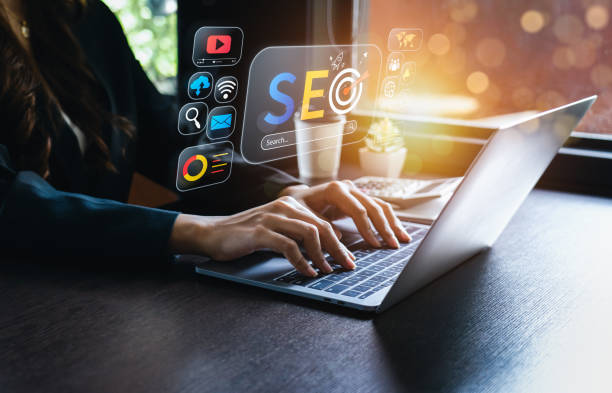
On-Page SEO is a continuous process and requires constant review and improvement.
You should regularly monitor your site’s performance in search engines and identify its strengths and weaknesses.
Various tools are available to review On-Page SEO performance, including Google Search Console, Google Analytics, Ahrefs, and SEMrush.
Using these tools, you can obtain the following information:
- Your site’s ranking for various keywords
- The number of visitors to your site from search engines
- The click-through rate (CTR) of your pages in search results
- Your pages’ loading speed
- Errors present on your site
By analyzing this information, you can identify your On-Page SEO weaknesses and take action to improve them.
Additionally, you should regularly update your site’s content and keep track of changes in search engine algorithms.
Through continuous review and improvement of On-Page SEO, you can maintain your site’s ranking in search results and attract more organic traffic to your site.More information.
Frequently Asked Questions
| Row | Question | Answer |
|---|---|---|
| 1 | What is On-Page SEO? | On-Page SEO refers to a set of actions performed within a website (on its pages) to improve the site’s ranking in search engine results. This includes optimizing content, site structure, and HTML codes. |
| 2 | Why is On-Page SEO important? | On-Page SEO helps search engines better understand page content and determine whether that page is relevant and valuable for user searches. This better understanding leads to higher rankings. |
| 3 | What is the first and most important step in On-Page SEO? | Keyword Research is the most important initial step. By finding appropriate keywords, targeted content relevant to user needs can be produced. |
| 4 | What is the role of the Title Tag in On-Page SEO? | The title tag is one of the most important ranking factors and should include the main keyword. This tag is displayed as the page title in search results and influences the click-through rate (CTR). |
| 5 | What is the importance of Meta Description? | The meta description does not directly affect ranking, but by providing an attractive summary of the page content in search results, it can entice users to click, thereby increasing the click-through rate (CTR). |
| 6 | Why is using headings (H1, H2, etc.) important in content? | Headings help structure content and improve readability for users and search engine crawlers. Using keywords in headings also helps search engines better understand the topic. |
| 7 | What does Image Optimization in On-Page SEO include? | It includes compressing images to reduce file size, using descriptive and relevant file names, and filling the Alt tag (alternative text) with relevant keywords to help search engines understand the image content. |
| 8 | What is Internal Linking in On-Page SEO? | Internal linking refers to creating links between different pages of a website. This helps distribute page authority (Link Equity), improve user experience, and assist search engine crawlers in discovering new pages. |
| 9 | Why is Page Speed important for On-Page SEO? | Page loading speed is a direct ranking factor and significantly impacts user experience. Slow pages can lead to an increased bounce rate and decreased user engagement. |
| 10 | What role does quality content play in On-Page SEO? | Quality content that is comprehensive, unique, and valuable to the user is the core of On-Page SEO. This content not only attracts and retains users but also sends positive signals to search engines, contributing to better rankings. |
And other services of Rasawab Advertising Agency in the field of advertising
Smart Link Building: A dedicated service for enhancing user engagement based on optimizing key pages.
Smart Marketplace: An effective tool for campaign management with custom programming.
Smart Advertising Campaign: A combination of creativity and technology to increase click-through rates through custom programming.
Smart Digital Branding: A blend of creativity and technology for analyzing customer behavior through precise audience targeting.
Smart Google Ads: An innovative service to increase customer acquisition through the use of real data.
And over hundreds of other services in the field of internet advertising, advertising consulting, and organizational solutions
Internet Advertising | Advertising Strategy | Advertorials
Resources
Comprehensive Guide to On-Page SEO on SeotazOn-Page SEO Checklist from RankUpWhat is On-Page SEO? on AhmadpourComplete Guide to On-Page SEO on Modir TV
❓ To elevate your business in the digital space and reach the peaks of success, experience custom website design and comprehensive digital marketing services with Rasawab Afarin.
📍 Tehran, Mirdamad Street, next to Bank Markazi, Southern Kazeroon Alley, Ramin Alley, No. 6

